Daniel Salzler No. 1176
EnviroInsight.org Seven Items November 18, 2022
—————Feel Free To Pass This Along To Others——————
If your watershed is doing something you would like others to know about, or you know
of something others can benefit from, let me know and I will place it in this Information newsletter.
If you want to be removed from the distribution list, please let me know.
Please note that all meetings listed are open. Enhance your viewing by downloading the pdf file to view photos, etc. The
attached is all about improving life in the watershed. If you want to be removed from
the distribution list, please let me know. Please note that all meetings listed are open.
Check our website at EnviroInsight.org
- Volunteer To Help Plant Native Species Of Plants At The Salt River In South Phoenix, On November 20.
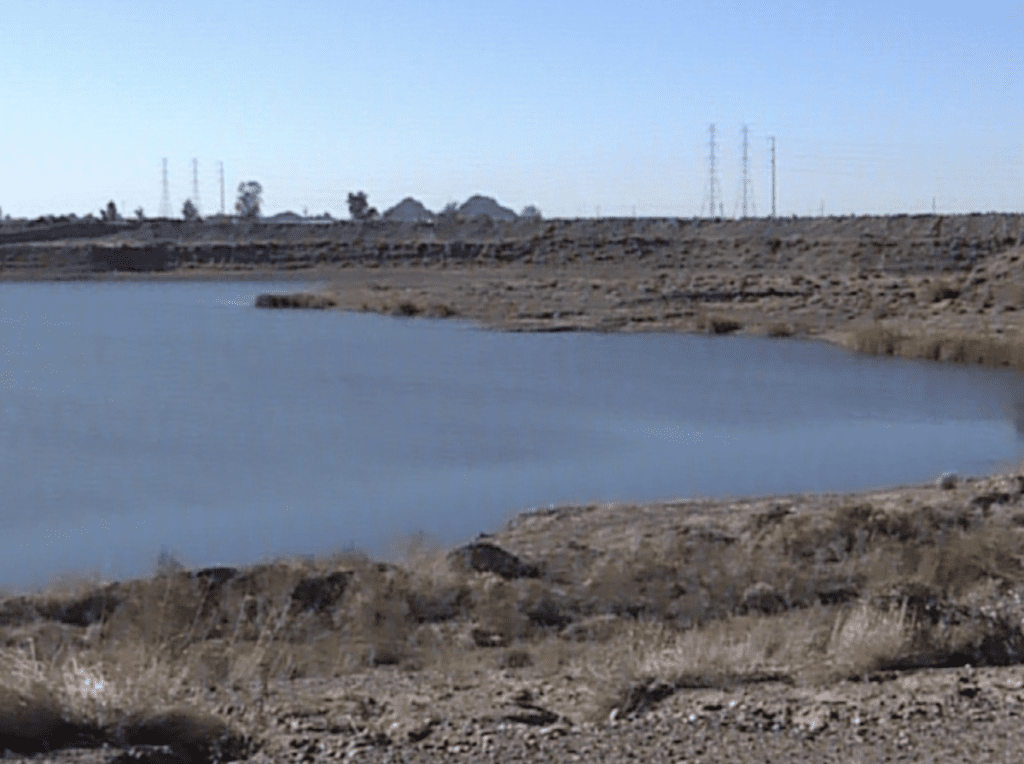
This next Sunday, meet at 2875 S. 7th St. at 8 AM till 11 AM and join others participating in planting native species in the Salt River bed.
It’s a great way to get outdoors well helping care for our local watershed. The Sierra Club, Grand Canyon chapter, Palo Verde Group, holds monthly events, picks up trash, pulls weeds and plants native vegetation as well as doing trail maintenance on the Rio Salado Habitat Restoration Area in South Phoenix.
The two remaining dates to participate in activities in 2022 are November 20 and December 11.
I’m going on a Sierra Club outing you are potentially on a trip with individuals vaccinated and unvaccinated. It is your choice to attend the outing knowing this information. Wearing a mask is encouraged. If you are experiencing any possible Covid symptoms or are sick, you should not attend the outing you are responsible for contacting the leader to report a positive Covid test. Contact the leader at [email protected].
2.Water Use In Tucson. On average, 27% of Tucson’s water demand is dedicated to outdoor irrigation. Rainwater harvesting can help to reduce reliance on drinking water for irrigation, as well as reduce water costs, localized flooding, and erosion. The City of Tucson offers a rebate program to promote both “passive” and “active” rainwater harvesting. Passive harvesting includes installing curb cuts and basins to collect stormwater from the street. Active harvesting includes installing cisterns and tanks to store rainwater for future use.
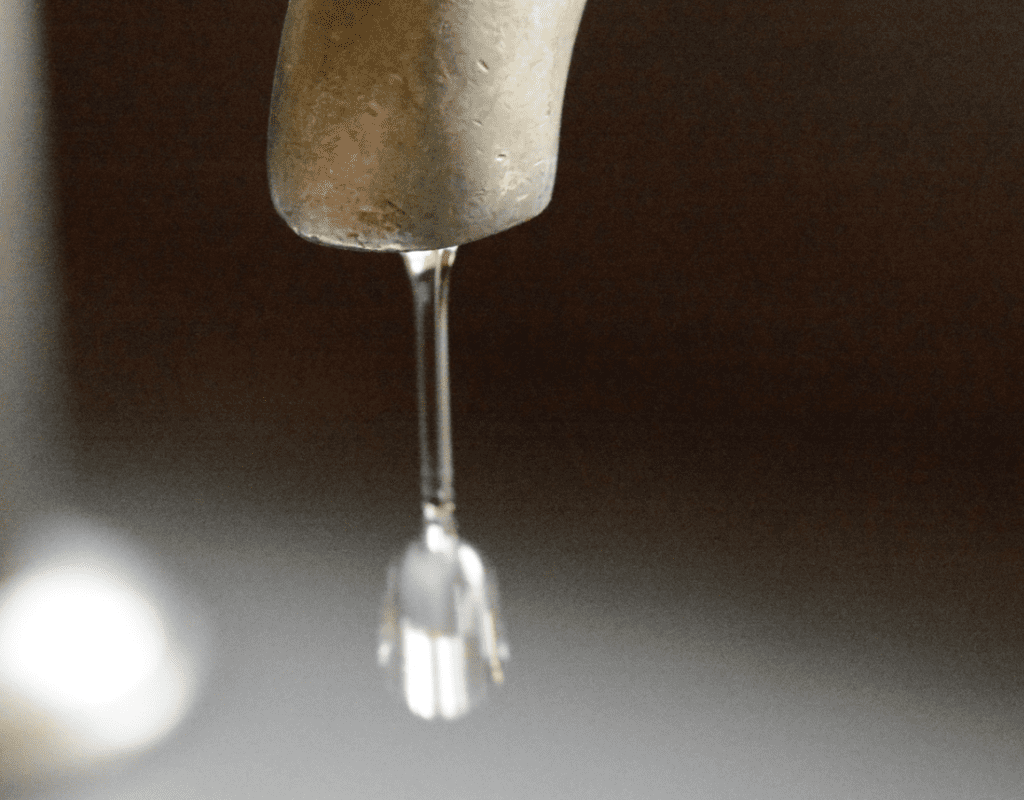
Tucson’s rebates are available for residential customers as well as businesses. To find out more about initiatives to conserve water in Pima County, check out the Pima County Water Factsheet here: https://wrrc.arizona.edu/publications/factsheets/arizona-water-factsheet-pima-county
Photo by Clint Budd
Source:University of Arizona Water Resources Research Center ([email protected])
3. AZ Department Of Water Resources And CAP Update Arizona Reconsultation Committee On Current Status Of Colorado River.
The Arizona Reconsultation Committee (ARC) reconvened on Friday, Nov. 4 for an update on current Colorado River conditions. The presentation is here and the video is here.
Although the Lower Colorado River Basin will be in a Tier 2a shortage for 2023, it is likely that additional reductions will be necessary to protect critical levels in Lakes Powell and Mead.
The 2007 Interim Guidelines for the coordinated operation of Lakes Powell and Mead are set to expire at the end of 2026. The formal reconsultation process is expected to begin in 2023. The Colorado River Basin states will play a leading role in developing these new guidelines. The Arizona Department of Water Resources and Central Arizona Project convened the ARC to provide input on Arizona’s participation and path forward in this process. Source: https://library.cap-az.com/documents/public-information/2022-11-04-arc6-presentation.pdf
4. Water Year 2023: Colorado River Upper Basin Snowpack (Snow water equivalent – inch)
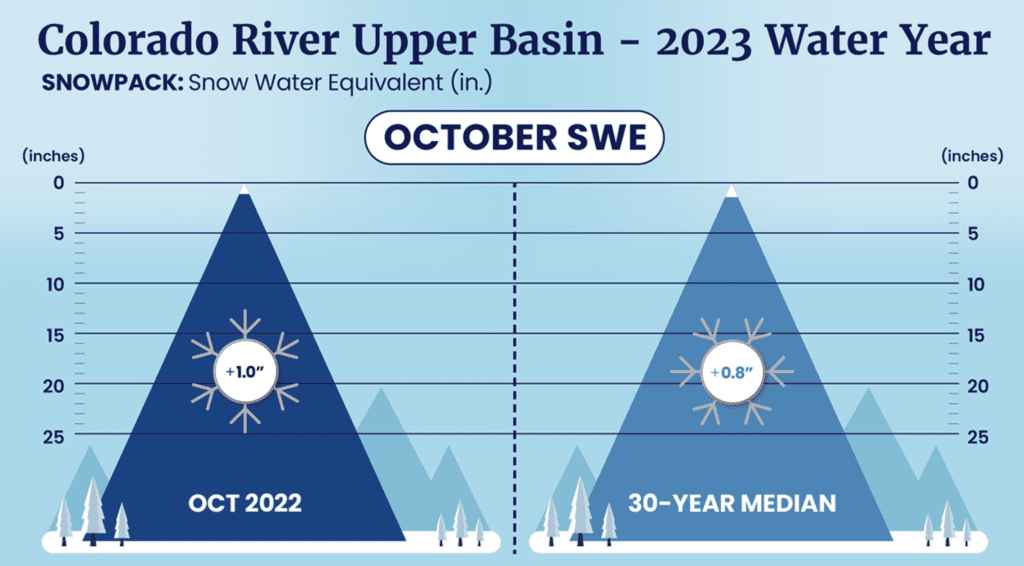
The new water year is underway with snow accumulation to-date — for the overall Colorado River Basin above Lake Powell — at 1.0 inch, which is slightly above the 1991-2010 30-year median of .8 inch. Source: https://knowyourwaternews.com/water-year-2023-october/
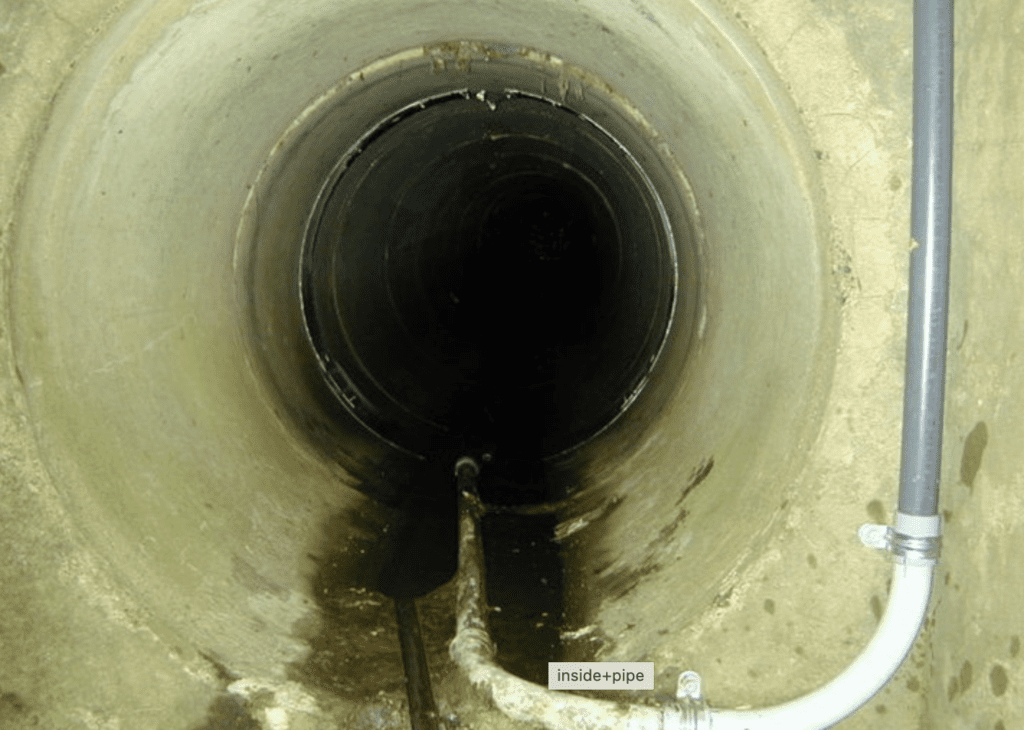
5. Blue Light Is The Future Of CIPP (Cured-In-Place Process). CIPP repair deals with cured-in-place pipes and provides a trenchless, “no-dig” method. Contractors can create a resin bonding on the spot via a subtle entry point, with tools that can be slipped in where they need to be. This approach is an alternative to digging up sections of pipe using heavy machinery, which ultimately results in costly landscaping troubles. CIPP is a much better option than having to disturb the topsoil.
By using liquid resin in conjunction with a textile tube, a new pipe is installed inside of the damaged pipe. Next, the textile tube is coated in resin and then placed inside the old pipe.
Compressed air gets the end of the textile pipe to the end of the section that needs to be replaced.
Once the resin hardens into a plastic-like substance, you have a new, intact pipe inside the broken pipe that was already there. Essentially, CIPP is designed to be a step-by-step process, one that avoids unpredictable and unwanted hurdles during a job.
Less time and less labor mean less money spent on pipe repairs. CIPP repair also tends to last longer than traditional pipe repairs. Some models come with a fifty-year expected life span, with high resistance to corrosion and rust. CIPP is a cost-effective and long-term solution to a broken pipe. It’s a method of pipe repair that preserves their home and their land. Unlike traditional pipe repairs, CIPP typically follows a plan of action, one that is tested and reliable. Advanced Pipe Repair’s team of pipe specialists knows how to apply CIPP in a way that eliminates the need for expensive digging or foundational pull-apart. We will leave your commercial pipe system in better shape than we found it. Contact us today for a cost-effective solution that will reinforce your pipes and stop leaks or eliminate serious clogs. Our experts are ready to solve your pipe problems. Source: https://www.advancedpiperepair.com/what-is-cipp-repair/
6. Recycling: Test Your Knowledge. For every ton of recycled paper, how many trees are saved?
a. 5 trees
b. 9 trees
c. 17 trees
d. 21 trees
Recycling is something that is often overlooked in our busy lives, but it could make all the difference in what our world looks like in a few hundred years.

To produce all the Sunday newspapers in the United States, over 500,000 trees must be cut down. The Sunday edition of the New York Times alone takes over 75,000 trees. However, recycling our paper can make a huge difference. Every ton of recycled paper saves roughly 17 trees. If everyone in the United States recycled all of their paper products, it would save over 250,000,000 trees a year. Source: https://www.needtoknowfacts.com/science/every-ton-of-recycled-paper-saves-about-17-trees?e=62f83b532868657e18d0e4ef
7. Northern Arizona University Scientist Publishes Research On ‘Country Of Permafrost’ Contributing To CO2 Emissions. Ted Schurr, professor of ecosystem ecology at Northern Arizona University, has been spending his summers in Alaska.
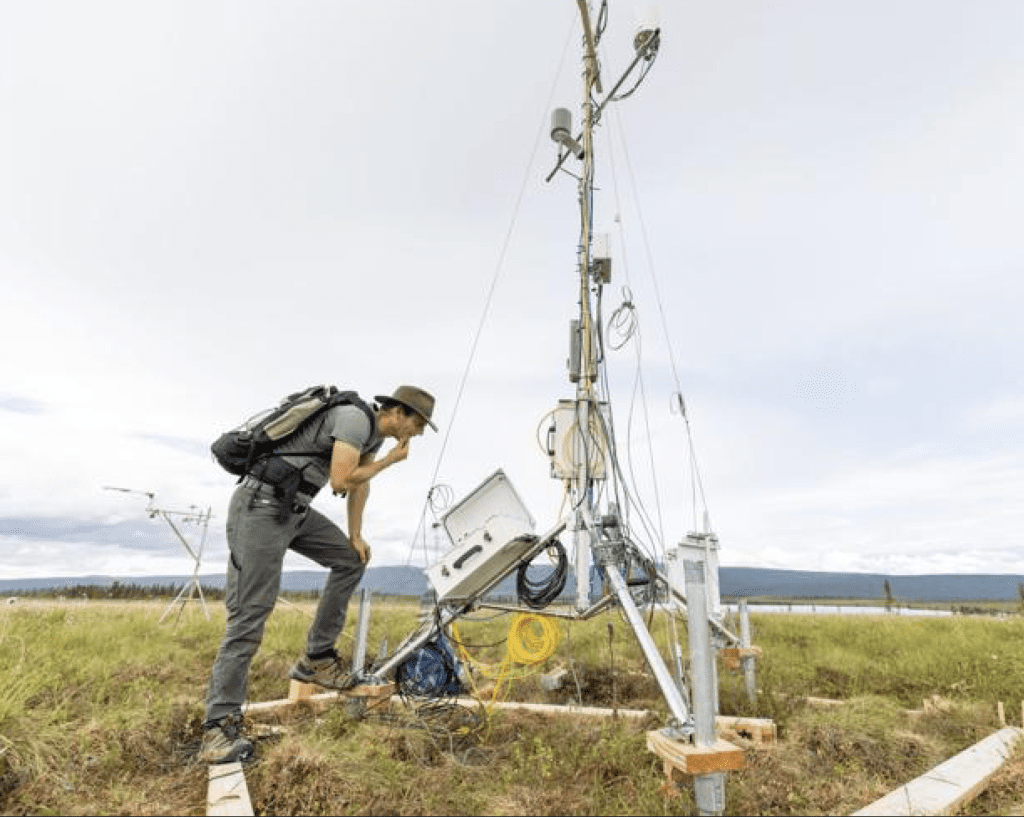
At Eight-Mile Lake near Denali National Park, where green sedges cover rolling hills of tundra and the sun shines 22 hours a day over the boreal forests, Schurr has been digging into the dirt to research the effects of a warming climate upon the landscape.
“In the summer, even though the surface of the soil has thawed, if you dig down, it’s still frozen,” Schurr said.
This permanently frozen soil — known as permafrost — has long been a stable feature of the Alaskan region around Eight-Mile Lake. But in an era of climate change and a warming Arctic, Schurr said, the region is undergoing “rapid change” faster than anywhere else on earth.
These days, permafrost is no longer permanent.
“Now what happens once it warms up?” is the basic question of Schurr’s research.
One way to think of it, Schurr said, is like thawing a refrigerator.
“If you lose power to your fridge and freezer, you got a couple hours where everything’s fine,” he said. “If you don’t get power back, the stuff in your freezer starts to break down and rot. And that’s what happens to the organic matter in the soil [of warming permafrost].”
As microbes in thawing permafrost “wake up,” Schurr said, they “eat organic matter and turn it into carbon dioxide or methane — greenhouse gases that end up in the atmosphere.
This then begs another question fundamental to Schurr’s research: How much greenhouse gas is produced by thawing permafrost?
With the help of an international team, Schurr has approximated an answer to the question and recently published the findings in the Annual Review of Environment and Resources. What they found is that thawing arctic permafrost does release carbon into the atmosphere — and a lot of it.
The research team explored nine different scenarios of future warming. In the best-case scenario (one that includes robust international action and reduced global emissions that result in slower rates of warming), Schurr’s research indicates that thawing permafrost could have “cumulative emissions (as CO2-e) greater than 100 years of the current (2019) national emissions of Russia.”
In the worst case scenario (where nations do nothing to address climate change), future Arctic carbon emissions could equal 100 years of 2019 emissions from Europe and the United States combined.
For this reason, Schurr’s research advocates that global leaders recognize the “country of permafrost” creating emissions in the arctic.
“It can be helpful to view potential Arctic carbon emissions as the equivalent of an additional nation of carbon emissions that must be accounted for in order to reach specific temperature targets,” the research reads.
Unlike human-caused emissions, such as from vehicles, industry or agriculture, permafrost is not directly under human control, and it may be sped or slowed by emissions, but it also creates its own feedback loop, Schurr explained.
Emissions from thawing permafrost accelerate warming — which accelerates emissions from permafrost.
“If we’re trying to hit a certain temperature target, and we’re just thinking about human missions, we’re overlooking this country of permafrost that will also be emitting carbon,” Schurr said. “It’s carbon we can’t address by just thinking about human emissions.”
And it’s not just the Arctic that has warming permafrost.
“Interestingly, there is permafrost at the top of Mauna Kea in in Hawaii,” Schurr said. “So you can have it outside of the northern regions.”
Nonetheless, the Arctic region does account for a “big carbon reservoir” that dwarfs other localized occurrences of permafrost — making it a concern for everyone from Alaska to Arizona.
“The Arctic affects everybody outside of the Arctic through this carbon feedback,” Shcurr said.
But Schurr eschews any excuse to submit to doom and gloom. His research isn’t about demonstrating that climate change is beyond our control as much as it is detailing the factors that need to be taken into consideration for our response.
Schurr is a staunch advocate of individual lifestyle choices that can help reduce carbon emissions. He applauds Northern Arizona University for its charge to go carbon neutral by 2030.
“Then the next level up is asking, ‘Who do I vote for?’” he said. “’Who do I vote for that believes in climate science and climate policy?’”
“We can take action at the individual level and at the country level,” Schurr added. He said the multiple scenarios laid out in his research are unambiguous in at least one respect.
Source: https://azdailysun.com/news/science/northern-arizona-university-scientist-publishes-research-on-country-of-permafrost-contributing-to-co2-emissions/article_c379f93a-61e8-11ed-a1a2-ef50b56b7ef5.html#tracking-source=home-top-story
Copyright: EnviroInsight.org 2022
